Majang slaughter plant was opened in 1963 in Seoul, South Korea. The market started off with meat shops all coming together into the same neighbourhood. Due to issues with the slaughter plant being in the centre of the city, it was closed in 1998. However, the market remained, with carcases being brought from other slaughter plants for further processing.
The market covers 30 acres, with 2,000 different business entities and 10,000 people working across the site. There are 278 meat-cutting and packaging shops, 954 meat shops, 297 offal shops, 395 imported meat shops and 27 meat processing facilities. The businesses source the carcases, slice and trim them in their own stores and then supply them to hypermarkets, butcher shops, restaurants and some sell to consumers directly.
Visited the largest meat market in the word this morning in Seoul, South Korea. The Majang market accounts for 10% of South Korea beef distribution. 2000 businesses, 10,000 employees, combination of meat cutting shops, offal shops and import meat shops. @farmersjournal @FJBeef pic.twitter.com/TxWHJCuehv
— Adam Woods (@ajwwoods) June 13, 2019
The market is a hive of activity every day, with delivery trucks, vans and mopeds being driven erratically through the narrow streets of the market. The market accounts for 9.8% of beef distribution in South Korea, 4.4% of pork distribution and 40% of offal products.
The population of South Korea is 51.47m, with almost 10m people living in the city of Seoul. Ireland is at step five of an eight-stage process to get access to the beef market in North Korea.
It’s a growing market, with the country only being 36% self-sufficient in beef. Australia and the US dominates the supply of imported meat with a massive 93% market share between the two countries.





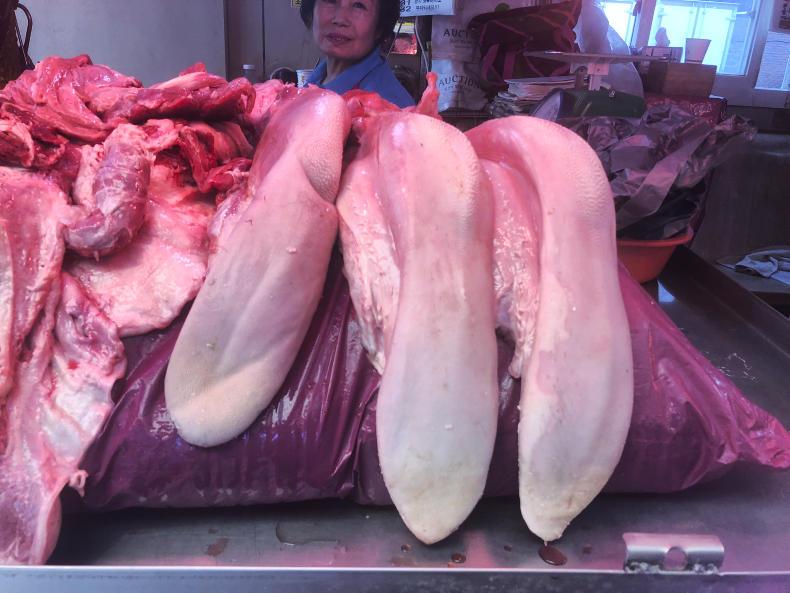
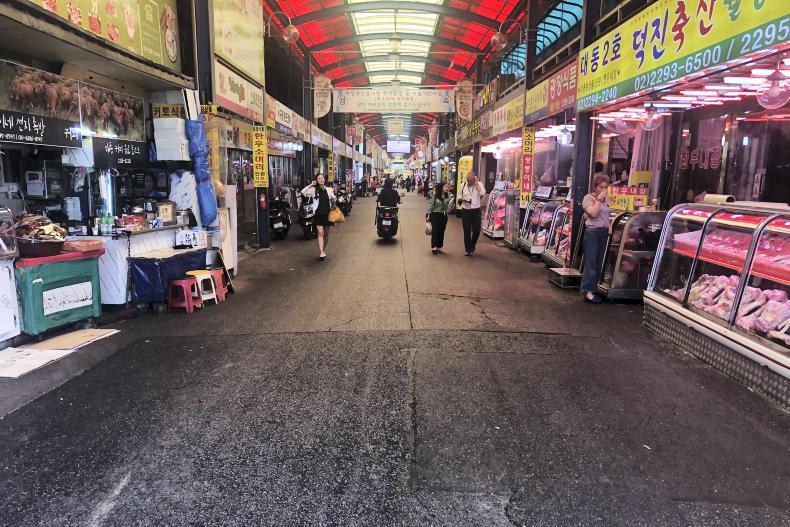
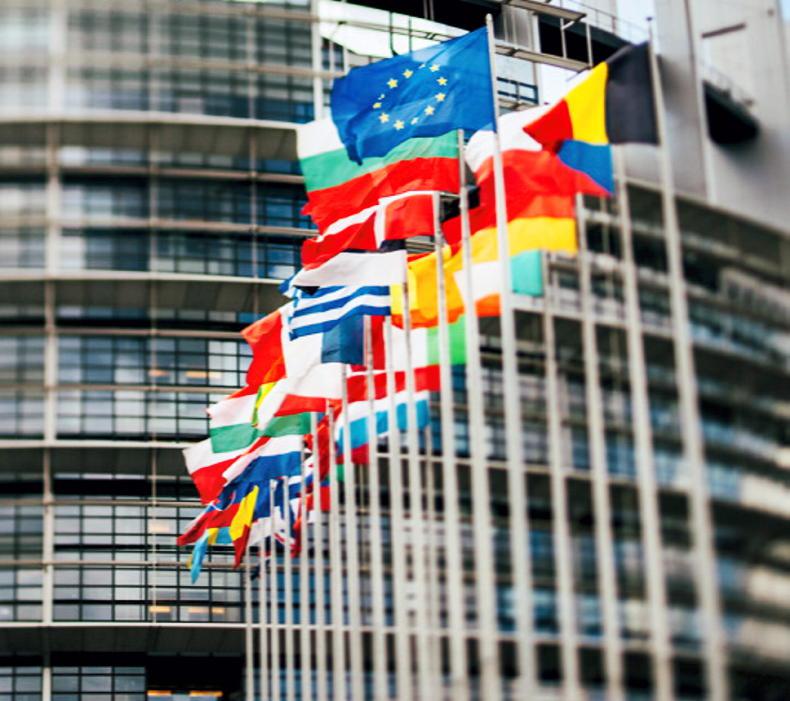
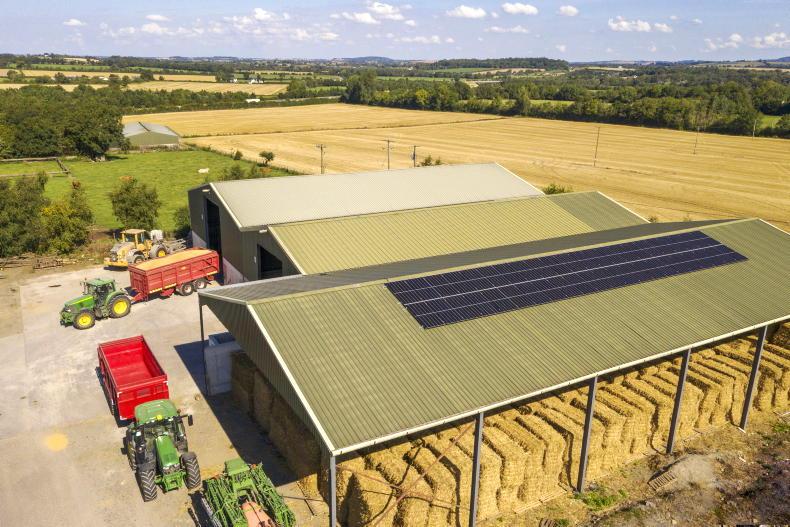
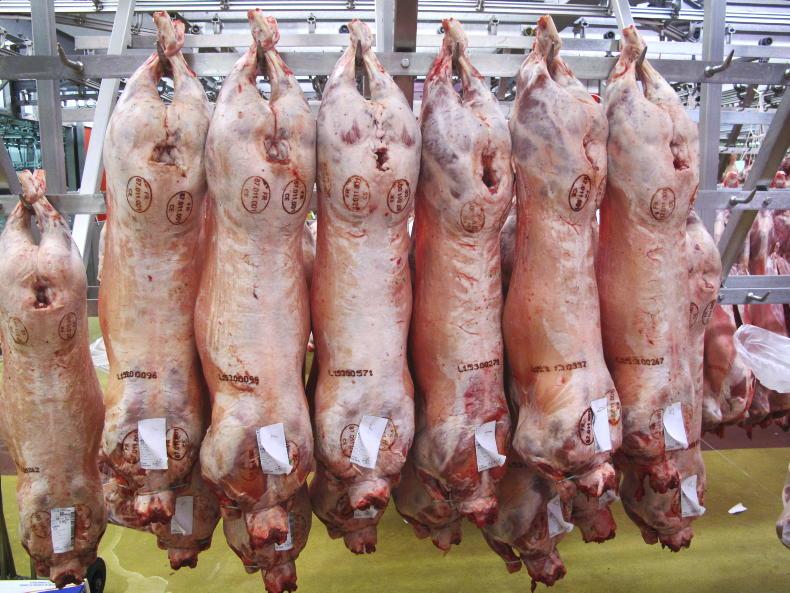
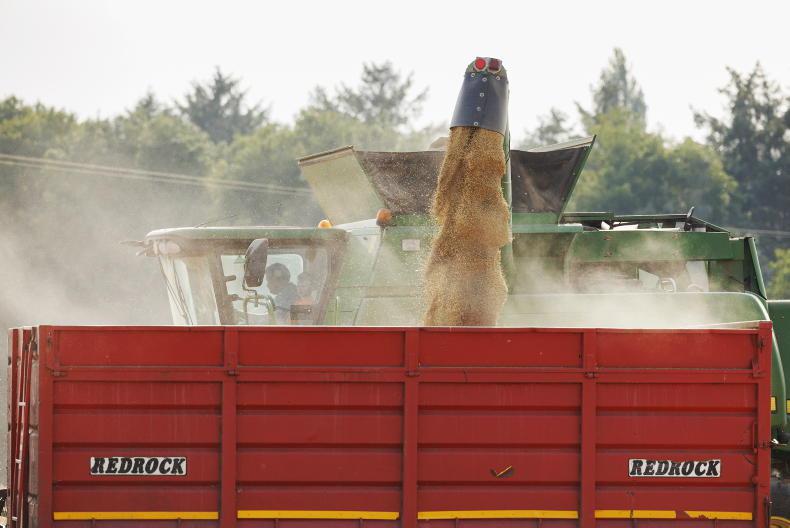
SHARING OPTIONS